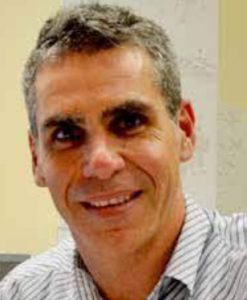
David Edwards
David Edwards is a Worimi man and the Co-Director of WellMob. He is based at the University Centre of Rural Health, University of Sydney in Lismore, northern NSW. David works both for the national e-Mental Health in Practice service for the University of Sydney and runs the ‘Eco-Connections’ consultancy for environmental management and Indigenous health promotion work. David specialises in working with Aboriginal communities in promoting connection to culture, wellbeing and country in accordance with community aspirations.
Abstract
Title: WellMob: Social and Emotional Wellbeing Online Resources for Indigenous Communities
Author(s): Heidi Sturk1, David Edwards2
1eMPrac Service, Queensland University of Technology, 2WellMob, University Centre of Rural Health, University of Sydney
Introduction: E-Mental Health in Practice (eMHPrac) is a support service funded by the Australian Government to build digital mental health awareness and skills in primary care practitioners across the country. One of eMHPrac’s recent initiatives is the development of WellMob, a website that brings together online social and emotional wellbeing (SEWB) resources for Aboriginal and Torres Strait Islander people. The website design and content reflect that connection to country, culture, community and kin are instrumental in Indigenous wellbeing.
Method: The inspiration for WellMob came from frontline health and wellbeing workers who needed a central place for safe culturally relevant online wellbeing resources. WellMob was developed with a co-design process under the guidance of Indigenous reference groups. As well as giving the website’s development Indigenous governance, the project was led by Indigenous staff at the University Centre of Rural Health (part of University of Sydney) under the eMHPrac service in collaboration with the Australian Indigenous HealthInfoNet.
Results and Findings: WellMob now has of over 200 videos, apps, podcasts and other websites on Indigenous social and emotional wellbeing. Since its launch in July 2020, WellMob has had a strong uptake with an average of 1000-page views a week. A culturally-based social media campaign has also directed new traffic to the website and the Facebook page now has over 2,500 followers. User surveys are currently underway.
Discussion: Whilst the primary audience for this website is Indigenous frontline SEWB workers and their clients/communities, the website is helpful for non-Indigenous health practitioners who work with Indigenous clients. Many resources found on WellMob are narrative-style videos, podcasts, social media and story-based content that contribute to a sense of cultural connection and wellbeing. This innovative website is a significant resource to assist with the improvement of physical health of people living with mental illness in Indigenous communities.
